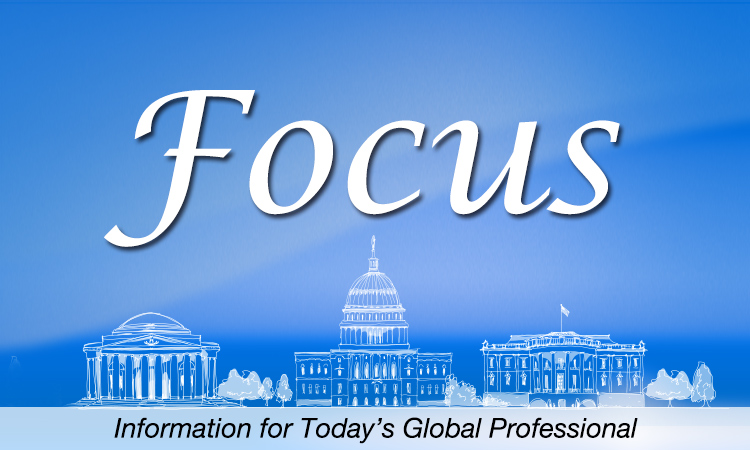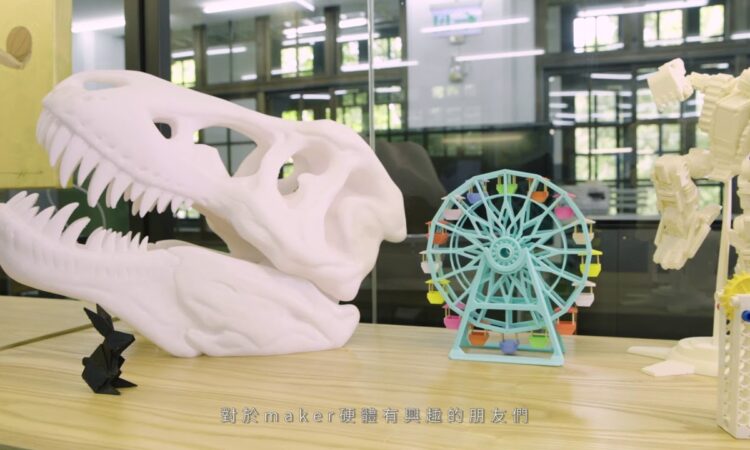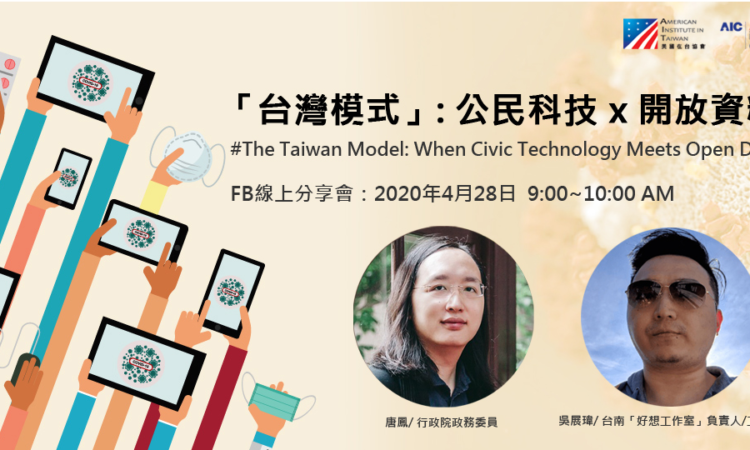如果您對下列項目有興趣,請與美國資料中心聯絡。電話:2723-3959 轉 202。
- 十一月十二日 (星期一) 美國退伍軍人節,放假
- 十一月二十二日 (星期四) 美國感恩節,放假
To receive or reserve any of these items, please contact Information Resource Center at 2723-3959, ext. 202 or aitirc@mail.ait.org.tw.
- November 12 (Monday) Veterans Day. Closed.
- November 22 (Thurs) Thanksgiving Day. Closed.
1. 美國在台協會處長酈英傑記者會致詞。
Remarks by AIT Director Brent Christensen at Press Conference. 
AIT OT-1837, October 31, 2018, 4 pages.
“As we celebrate the 40th anniversary of this remarkable legislation, we will also be looking forward, focusing on how we can strengthen and broaden the relationship over the next 40 years – build upon our strong foundation a bright future.” (From AIT)
2. 美國在台協會處長酈英傑於Micron致詞。 (全文為英文)
Remarks by AIT Director Brent Christensen Micron Backend Grand Opening. 
AIT OT-1836, October 26, 2018, 2 pages.
“I am very pleased to be here today to both mark Micron’s 40th anniversary and to celebrate the grand opening of their backend facility here in Taichung. As we all know, Micron is Taiwan’s largest foreign investor, creating more than 5,300 jobs, and they have been operating in Taiwan for 21 years.” (From AIT)
3. 美國在台協會酈英傑處長 於太平洋島國青年領袖培訓計畫閉幕典禮致詞。
Remarks by AIT Director Brent Christensen at the the Closing Ceremony of Pacific Islands Leadership Program. 
AIT OT-1835, October 24, 2018, 2 pages.
“Taiwan is a world leader in a wide range of economic, social, health, education, and environmental areas. The United States recognizes that Taiwan has not only addressed many challenges in these areas but, more importantly, has the willingness to share its experiences as its neighbors address these same challenges.” (From AIT)
4. 美國副助理國務卿斯科特‧巴斯比於全球合作暨訓練架構「培養媒體識讀以捍衛民主」工作坊開幕致詞。
Remarks by Deputy Assistant Secretary Scott Busby at the Opening of GCTF Workshop. 
AIT OT-1834, October 18, 2018, 4 pages.
“At a time of democratic backsliding and human rights abuses elsewhere in the Indo-Pacific region, Taiwan serves as an invaluable model to others. And given the challenges we all face, it is especially important that democracies like Taiwan and the United States stand together in promoting a brighter future, free of repression, censorship, and exploitation.” (From AIT)
5. 美國在台協會處長酈英傑全球合作暨訓練架構「培養媒體識讀以捍衛民主」工作坊開幕致詞。 
Remarks by AIT Director Brent Christensen at the Opening of GCTF Workshop. 
AIT OT-1833, October 18, 2018, 2 pages.
“The United States is grappling with the spread of disinformation, particularly as foreign actors seek to use social media to interfere in our elections, divide the American public, and undermine confidence in our democratic institutions.” (From AIT)
6. 克夏大使於玉山論壇致詞講稿 (全文為英文)。
Remarks by Ambassador Atul Keshap at Yushan Forum. 
AIT OT-1832, October 12, 2018, 7 pages.
“I am grateful to the organizers of the Yushan Forum for giving me the opportunity to share with you some humble insights from my studies of South Asia and its role in world affairs.” (From AIT)
7. 美國在台協會主席莫健於雙橡園雙十節致詞。
Remarks by AIT Chairman James Moriarty at TECRO’s Twin Oaks Double Ten Celebration. 
AIT OT-1831, October 12, 2018, 4 pages.
“Tonight is also an opportunity to take stock of that flourishing relationship. Through the years, the United States and Taiwan have built a comprehensive, durable, and mutually beneficial partnership, grounded in our shared interests and our shared values of support for democracy and human rights.” (From AIT)
8. 美國環保署首席副助理署長西田珍於玉山論壇致詞 (全文為英文)。
Remarks by EPA Principal Deputy Assistant Administrator Jane Nishida. 
AIT OT-1830, October 11, 2018, 4 pages.
“Taiwan has been an important environmental protection partner of the United States for over 25 years. I am honored to be invited here today to talk about the International Environmental Partnership and to participate in conversation on global collaboration at the Yushan Forum.” (From AIT)
9. 美國在台協會副處長谷立言「美國商機日」開幕致詞。
Remarks by Deputy Director Raymond Greene at U.S. Business Day Opening. 
AIT OT-1829, October 4, 2018, 2 pages.
“The United States is proud to be Taiwan’s 2nd largest trading partner, and we look forward to finding new ways to strengthen and expand our trade relationship.” (From AIT)
10. Remarks by Vice President Pence on the Administration’s Policy toward China. 
White House, October 4, 2018, 17 pages.
“As the President said last year on his visit to China, in his words- we have an opportunity to strengthen the relationship between our two countries and improve the lives of our citizens. Our vision of the future is built on the best parts of our past, when America and China reached out to one another in a spirit of openness and friendship.” (From White House)
11. Pompeo, Michael R.
Confronting Iran: The Trump Administration’s Strategy. 
US Department of State, October 15, 2018, 6 pages.
“The emergence of al Qaeda, cybercriminals, and other dangerous entities affirmed the threat of nonstate actors. But equally daunting has been the resurgence of outlaw regimes—rogue states that defy international norms, fail to respect human rights and fundamental freedoms, and act against the security of the American people, U.S. allies and partners, and the rest of the world. Chief among these outlaw regimes are North Korea and Iran.” (From US Department of State)
12. Gabuev, Alexander.
Why Russia and China Are Strengthening Security Ties. 
The Carnegie Endowment for International Peace, September 24, 2018, 3 pages.
“Now would be a good time for U.S. policymakers to rethink a policy that antagonizes both of the United States’ principal geopolitical rivals and to think more creatively about how to manage a new era of increased competition among great powers.” (From the Carnegie Endowment for International Peace)
13. Talmadge, Caitlin.
Beijing’s Nuclear Option: Why a U.S.-Chinese War Could Spiral Out of Control. 
Foreign Affairs, November/December 2018 Issue, 9 pages.
“A war between the two countries remains unlikely, but the prospect of a military confrontation—resulting, for example, from a Chinese campaign against Taiwan—no longer seems as implausible as it once did. And the odds of such a confrontation going nuclear are higher than most policymakers and analysts think. Members of China’s strategic com-munity tend to dismiss such concerns. Likewise, U.S. studies of a potential war with China often exclude nuclear weapons from the analysis entirely, treating them as basically irrelevant to the course of a conflict.” (From Foreign Affairs)

14. Morrison, Wayne M.
Enforcing U.S. Trade Laws: Section 301 and China. 
Washington, D.C.: Congressional Research Service, September 25, 2018, 2 pages.
“Concerns over China’s policies on intellectual property (IP), forced technology transfer, and innovation policies, and their impact on the U.S. economy,
led the Trump Administration to launch a Section 301 investigation of those policies. Since then, the United States has implemented three rounds of tariff increases under Section 301 on a total of $250 billion worth of Chinese products and has threatened tariff increases on an additional $256 billion worth of Chinese goods. So far, China has increased tariffs on $110 billion worth of U.S. products. Many in Congress and the U.S. business community have raised
concerns over the economic impact of these measures” (From CRS Report)
15. Jackson, James K.
Global Trade Imbalances. 
Washington, D.C.: Congressional Research Service, September 28, 2018, 3 pages.
“In July 2018, the International Monetary Fund (IMF) released its latest report on global trade imbalances that identifies countries with excessive current account balances and exchange rates that are “misaligned.” The current account is a broad measure of a country’s global economic engagement and is comprised of trade in goods, services, and official flows. The report indicates that 40% to 50% of countries had imbalances that were “excessive,” and that imbalances of about 3.25% of world GDP-both surpluses and deficits -remained constant in 2017.” (CRS Report)

16. 2018 Midterm Voters: Issues and Political Values. 
Pew Research Center, October 4, 2018, 14 pages.
“Supporters of Republican and Democratic candidates in the upcoming congressional election are deeply divided over the government’s role in ensuring health care, the fairness of the nation’s economic system and views of racial equality in the United States.” (From Pew Research Center)
17. 2019 Index of U.S. Military Strength- Military Strength: Executive Summary. 
Heritage Foundation, October 4, 2018, 11 Pages.
“The Index assesses the strength of each of the U.S. military services, the status of the threats we face, and the favorability of the environment in which the U.S. and its allies must be prepared to operate. Since the initial publication of the Index five years ago, the military has struggled in its capacity and readiness for operations—brought about by harmful budget caps, underinvestment in research and development, and decades of sustained engagement in the Middle East. Although the FY2018 and FY2019 defense budgets reflect positive growth for defense, military strength remains far below where it needs to be.” (From the Heritage Foundation)
18. Donovan, Sarah A. and Marc Labonte.
Labor Market Patterns Since 2007. 
Washington, D.C.: Congressional Research Service, October 3, 2018, 26 pages.
“Policymakers face several labor market challenges, including accommodating the current tightness in labor markets, while preparing for a return to recession at some point; the continuing slowdown in the growth of the labor force; addressing the labor market impacts of structure changes posed by technological change and globalization; and a decline in labor market dynamism.” (From CRS Report)
19. Fakir, Intissar and Sarah Yerkes.
Governance and the Future of the Arab World. 
Carnegie Endowment for International Peace, October 6, 2018, 16 pages.
“Arab regimes have established a set formula for managing state-citizen relations: government services in exchange for public consent. This prevalent social contract dictated that rulers would provide citizens with public sector jobs and free or subsidized goods and services (such as health, education, energy, and food) in exchange for loyalty and minimal political rights and civil liberties. Over the past seven years, changes to the government-citizen relationship in the Arab world have reshaped citizens’ perceptions of what they owe their government and what they can expect from it.” (From Carnegie Endowment for International Peace)

20. Manufacturing USA Annual Report, FY 2017. 
Manufacturing USA, September 27, 2018, 177 pages.
“The report describes the program’s work in moving discoveries from the Nation’s universities and research laboratories into production in the U.S. It also describes the program’s fourteen institutes successes in developing world-changing manufacturing technology and equipping the U.S. manufacturing workforce with the high-value skills needed to make tomorrow’s products.” (From Manufacturing USA)
21. Levesque, Elizabeth Mann.
The role of AI in education and the changing U.S. workforce. 
The Brookings Institution, October 18, 2018, 9 pages.
“This paper has discussed several of the major challenges and opportunities that AI and ET pose to educators at the K-12 and postsecondary levels, given predicted changes in the workforce.” (From the Brookings Institution)
















![Video Thumbnail [Recovered]-01](../wp-content/uploads/sites/269/Video-Thumbnail-Recovered-01-1-750x450.jpg)









